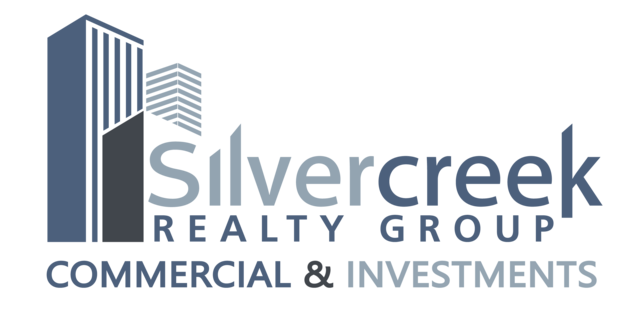BY SVEN BERG, Idaho Statesman
sberg@idahostatesman.com February 27, 2014
Affordable housing was the center of the idea by Brad Elg, Jeff Shneider and David Wali for developing the C.C. Anderson Building, which they bought in late 2011.
They wanted to fill the building’s top three floors with 64 apartments that working people could afford. But making the dollars and cents work for the affordable housing would have meant taking federal tax credits to help pay the development cost and pass them on to residents.
With those tax credits come restrictions. For example, the people living in the subsidized apartments can’t be students. They also can’t make above a certain percentage of the area’s average income.
The partners worried that they wouldn’t be able to find enough people who wanted to live Downtown and could afford the apartments — between $540 and $1,040 per month — and who also qualified for subsidized housing, Wali said.
They discussed turning the first floor into a theater for the Idaho Shakespeare Festival. That didn’t work. One of the problems was that the festival would have to raise millions of dollars before work started on renovating the building.
So the partners have decided to sell.
“There’s no use in letting it remain vacant if there’s someone else who might be a better fit for it,” Wali said.
NEW LIFE FOR AN OLD BOISE BUILDING?
The C.C. Anderson Building, located on the northeast corner of 10th and Idaho, went on the market Wednesday. The sellers are asking $2.1 million.
Boise businessman C.C. Anderson built it in 1927 as a home for his department store. It remained a department store until 2010, when Macy’s closed its Downtown Boise location.
Wali said that he and his partners paid only $1 million for the building in 2011 but that they won’t be making any money. He said they put hundreds of thousands of dollars into asbestos removal, planning and structural engineering. He figures they’ll just about break even on the sale.
Wali still thinks housing should be a component of the C.C. Anderson Building’s new life. Offices and retail stores could fill in the rest, he said.
Greg MacMillan, who works for commercial real estate broker Colliers International, is the building’s listing agent. He said the amount of space — more than 115,000 square feet on four floors — makes it attractive for all kinds of development, whether it’s a hotel, housing, offices, restaurants or something else.
“The building is not without its challenges, but the right person — the right buyer — could do something great,” MacMillan said.
Sven Berg: 377-6275
The Iron Eagle Realty Team's mission is to assist you, our client, in the sale and acquisition of real estate properties in the state of Idaho, specifically the Boise Idaho Real Estate Market. Whether you are buying or selling a home, whether it is a foreclosure, short sale or equity property, we handle our customers and clients with empathy and honest truths so they can make informed decisions as they advance in the process of buying and selling real estate that meet specific needs.
PS: We've Helped More Buyers and Sellers than 99.8% of any Local Realtor
Click Here to Search 24/7 for The Best Real Estate Deals in Boise!Click Here to Download Our Free "Selling Your Home" Pre-Listing Plan! Click Here to Pre-Qualify for a Loan Online!

Regards, Michael Hon, REALTOR®CEO, The Iron Eagle Realty Team
Associate Broker, Silvercreek Realty Group
Certified Short Sale Specialist®
Investment Property Consultant
Direct: 208.919.0458 Office: 208.939.9033 Fax: 208.514.1422
www.IronEagleRE.com Michael.Hon@IronEagleRE.com
Click Here to Search 24/7 for The Best Real Estate Deals in Boise!Click Here to Download Our Free "Selling Your Home" Pre-Listing Plan! Click Here to Pre-Qualify for a Loan Online!

Regards, Michael Hon, REALTOR®CEO, The Iron Eagle Realty Team
Associate Broker, Silvercreek Realty Group
Certified Short Sale Specialist®
Investment Property Consultant
Direct: 208.919.0458 Office: 208.939.9033 Fax: 208.514.1422
www.IronEagleRE.com Michael.Hon@IronEagleRE.com
